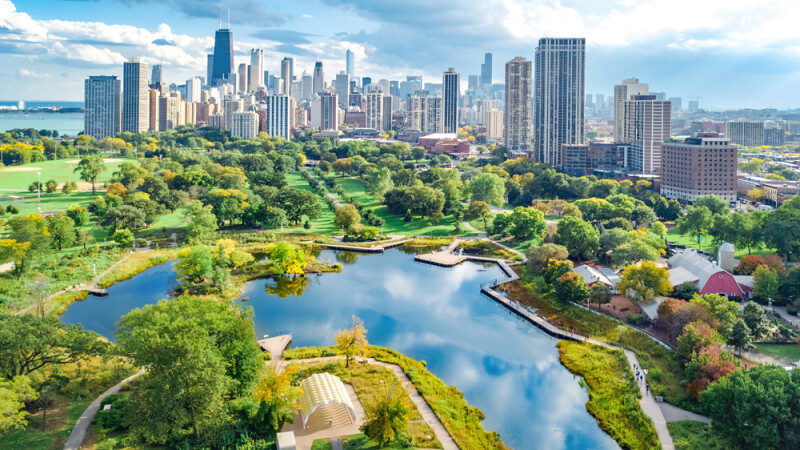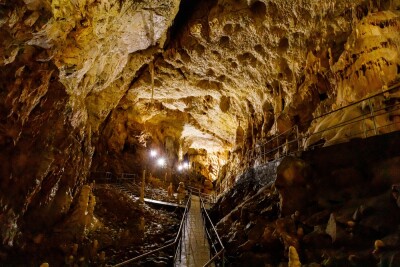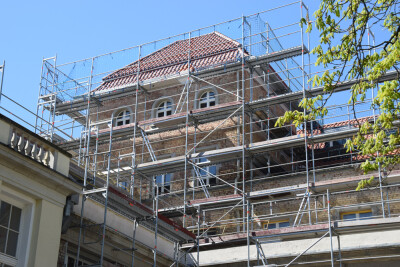Every week, we highlight stories from friends around the internet that put a spotlight on the latest in the 3D technology industry. These stories can take many different forms, whether they be about a new innovation or workflow, an interesting and/or unique use case for 3D technology, or a higher level look at the state of the sector. Today, we have stories about the history of the reality capture industry, how digital twins are being used for tree mapping, and the use of geospatial technologies for cultural heritage preservation.
Find links to the full articles below.
Where reality capture’s been, where it is today and where it’s headed, from a 20-year veteran
Mary Jo Wagner | GoGeomatics
The reality capture sector is one that is still growing and viewed as “new” by many in the geospatial industry, but also has a significant amount of history behind it at this point. In this article, Wagner interviews Jesús Bonet, a director of sales and business development with Hexagon Geosystems who has been following and within this industry for over a decade. The interview covers a wide range of topics, including some of the most important inflection points for the sector, why it’s so important to both him and the industry, and what he sees coming in the future of the space.
Can Digital Twins and Tree Mapping Help Cities Adapt to Climate Change?
Riya Anne Polcastro | Triple Pundit
As the world continues to reckon with the effects of climate change and looks for more sustainable ways of living to reduce said effects, the simultaneous increase in urbanization poses an enormous challenge. Cities are significant contributors to the climate crisis, but one of the biggest ways these areas can lessen their effects in the environment is to build up more trees and vegetation. This article highlights how cities can use digital twins and artificial intelligence to help this process.
Digital twin of the Qutub Shahi Tombs protects its past and ensures its future
Rajesh Dhyani | pbc today
Finally, we look at a project from Hyderbaad, India which explains how reality capture is being used to create digital twins for the purpose of preserving important cultural heritage. Specifically in this case, they are using reality capture for the preservation of the Qutub Shahi Tombs, the final resting place for kinds of the Qutub Shahi dynasty of the 16th and 17th centuries. Using reality capture technology, a digital twin of the complex was created, both to preserve the area by identifying areas that may need restoration, as well as for educational purposes by creating VR experiences.






